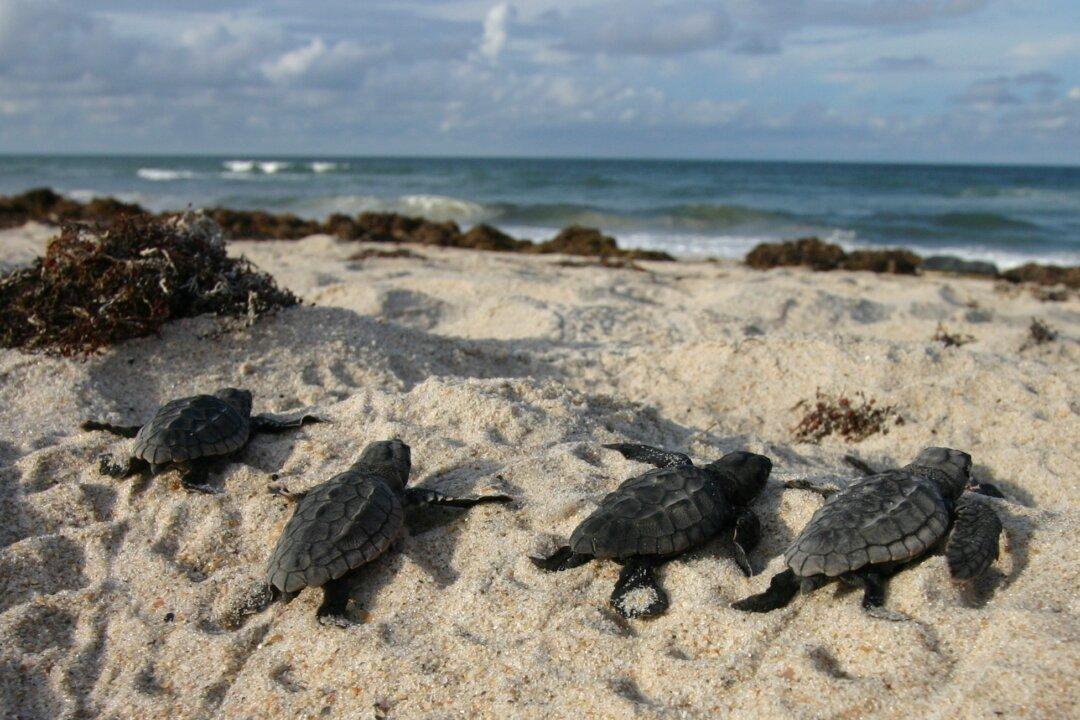Florida saw a record number of sea turtle nests in 2023 despite Hurricane Idalia, beach erosion, and other environmental threats.
Loggerheads, the most common sea turtle in the United States, created 134,040 nests in Florida this year, outpacing the record from 2016. Green turtles had 76,645 nests, which broke the previous record from 2017.





